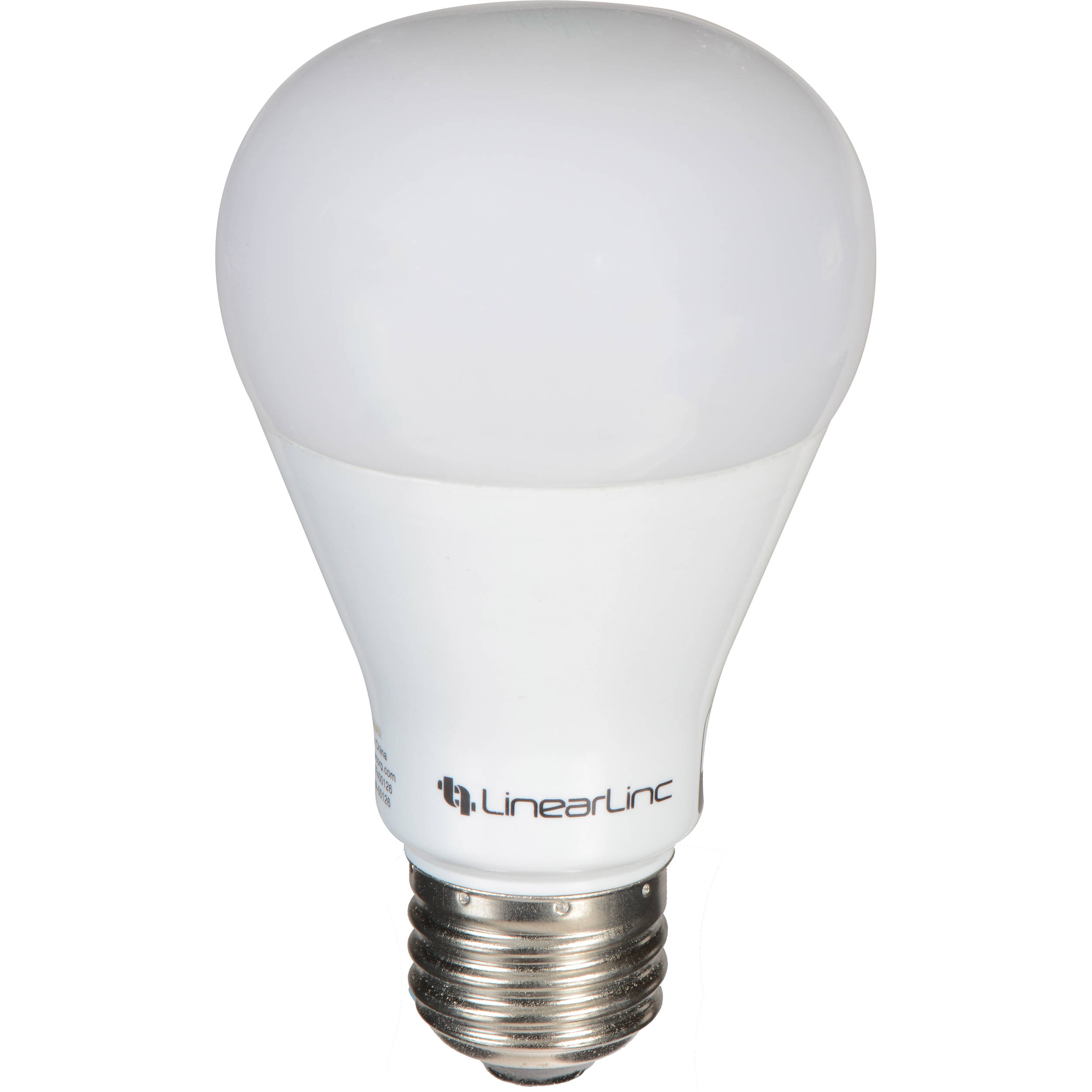152
you are viewing a single comment's thread
view the rest of the comments
view the rest of the comments
this post was submitted on 03 Nov 2023
152 points (91.8% liked)
Asklemmy
48811 readers
886 users here now
A loosely moderated place to ask open-ended questions
If your post meets the following criteria, it's welcome here!
- Open-ended question
- Not offensive: at this point, we do not have the bandwidth to moderate overtly political discussions. Assume best intent and be excellent to each other.
- Not regarding using or support for Lemmy: context, see the list of support communities and tools for finding communities below
- Not ad nauseam inducing: please make sure it is a question that would be new to most members
- An actual topic of discussion
Looking for support?
Looking for a community?
- Lemmyverse: community search
- sub.rehab: maps old subreddits to fediverse options, marks official as such
- [email protected]: a community for finding communities
~Icon~ ~by~ ~@Double_[email protected]~
founded 6 years ago
MODERATORS

I've had Philips hues for a few years now. And they're still going strong.
Also. I will vouch for smart lights. Unlike some smart appliances, I can fully see the advantage to them. Laid in bed all comfy and can't be arsed moving but need to turn them off? Have no bullets for your designated light turning off gun? Just open the app, and you can turn them off, or whatever colour that works for you. Or just tell Alexa to do it.
Ahh, okay. I haven't seen anything about cloud stuff, but I don't really change the colour much myself, in the bedroom at least, and the times I have domne, it's just through the app. But I do have an account for out of home use.
I use Corsair and the desktop app to control the ones in my other room, though. But the last time I set that up, it was just the push button.
Also, you need an account if you link it to alexa. But that's the only ones I know of that need an account.
In my opinion, I find the use of the light strip to be really helpful, as I can just set it to either match my pc lights or what's happening on my main monitor. In the bedroom, I like having the option to dim then, or change them to a softer? Or more subtle colour if I'm watching a movie and eating. I feel it makes it a bit cosier.
They're those things where it feels like you don't need them until after you have them, and it's all much easier.
I'm pretty sure you can set automations up as well so that they just do stuff. You can get them to get brighter as you're waking up. You can set them to do stuff at certain times, such as sun rise and sunset, and to come on when you get home. And some others.